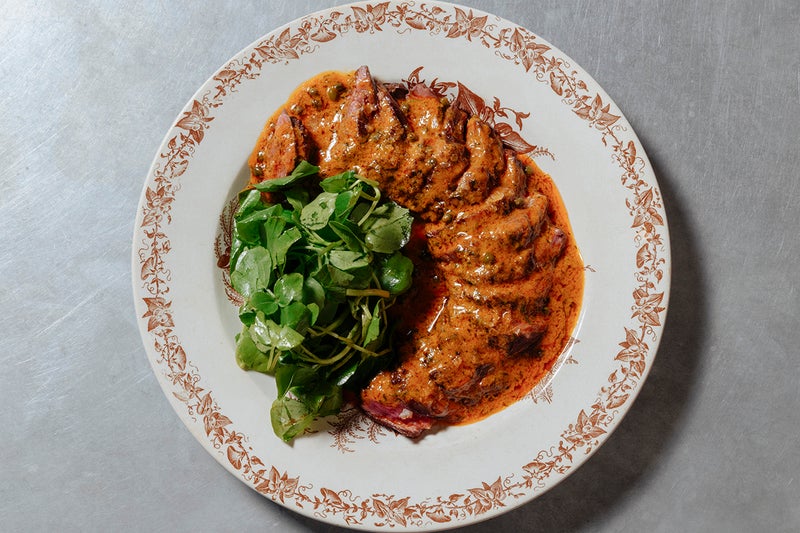A relatively new addition to French patisserie, these soft-centred batter pastries can be the devil to perfect – luckily, we have our own perfectionist … .
With great age comes the confidence to keep things simple, and to see the merits of, say, a margherita pizza over a five cheese and ’nduja, the quiet pleasure of dal and rice, or the discreet charms of an old-school jam doughnut or a digestive biscuit. The canelé de Bordeaux is a prime example of such understated genius. An inexperienced eye might well miss these squat little Doric columns amid the glitz and glaze of a French patisserie, but as my friend Nicola Lamb puts it, discovering them “is like being in a secret club, a club that all shares a valuable piece of knowledge: the canelé is the pastry GOAT”. That unassuming mahogany shell should shatter into caramelised shards to reveal a rich, almost custardy vanilla- and rum-scented interior.
Not that many people who’ve tried making cannelés at home would call them simple; rarely have I sifted through so much agonised discussion and mournful photos of failed attempts that have mushroomed out of their moulds or failed to brown on top. Many thousands of words have been devoted to the correct way to season bespoke hand-tooled copper cannelé moulds with beeswax, the precise temperature of the milk, the optimum time to age the mixture, all creating almost as much mystique around what is basically a batter pudding as there is around its origins. For all the talk of 17th-century nuns with a glut of egg yolks from the local winemaking industry, the first mention of cannelés dates from 1937. In fact, they did not become widely available even in Bordeaux, where they are now omnipresent, until the establishment in 1985 of the Confrérie de Canelé, the organisation that dictated that authentic Bordeaux cannelés should be distinguished by being spelled with just the one n. Henceforth, therefore, I will revert to the original spelling of cannelé out of respect for the Brotherhood, and because such a simple recipe cannot possibly be in the least authentic, however delicious the results.






















